Print sales
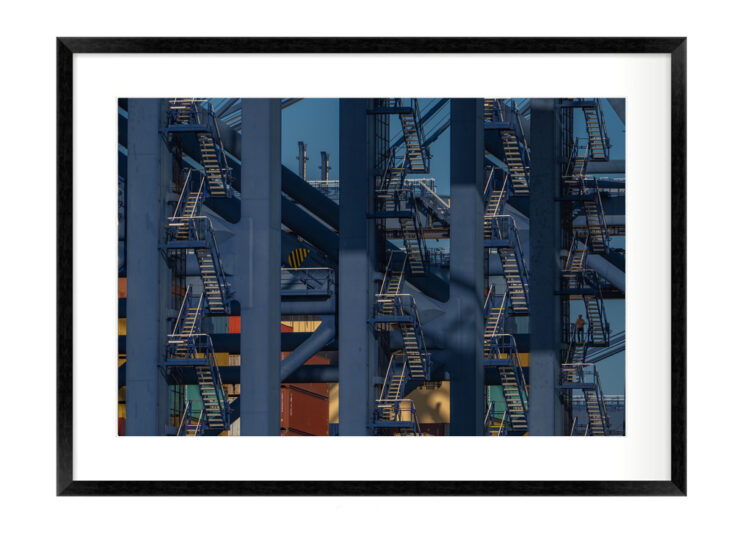
Steps (60cm x 40cm print) £280 framed, £180 unframed.
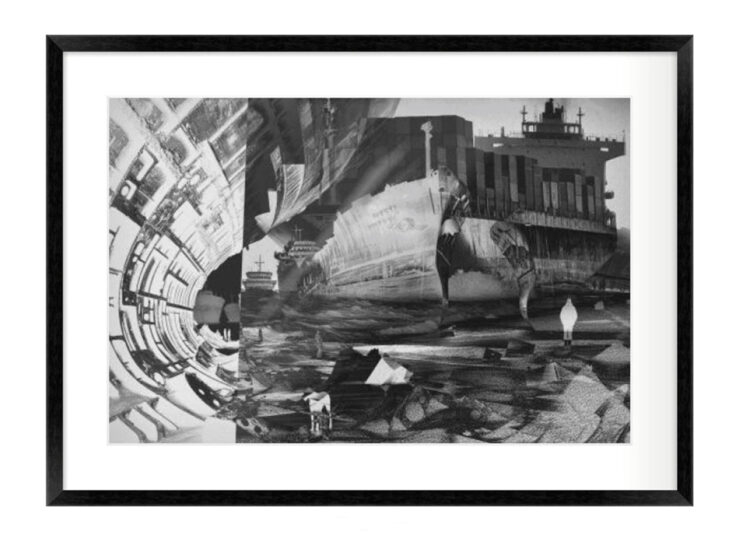
Breakers AI (60cm x 40cm print) £260 framed, £180 unframed
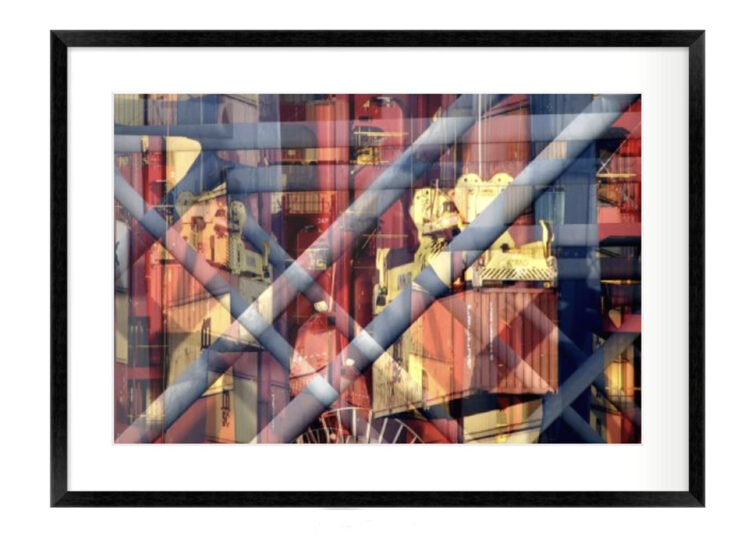
Loading (60cm x 40cm print) £260 framed, £180 unframed
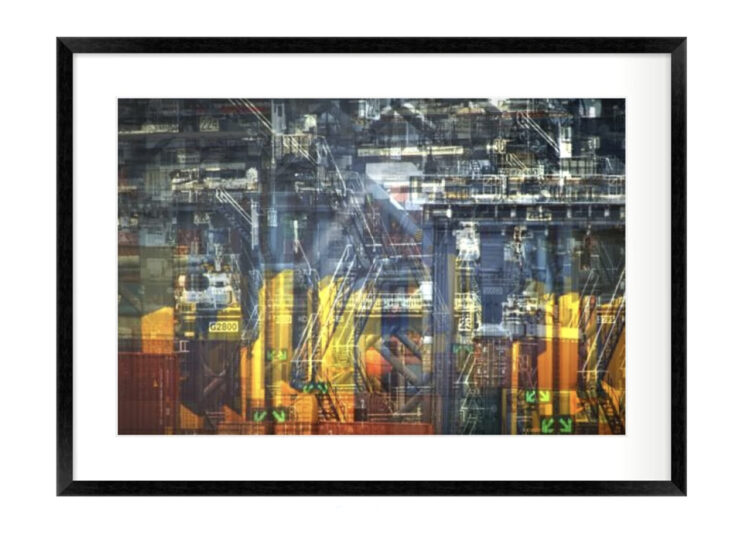

Steps (60cm x 40cm print) £280 framed, £180 unframed.

Breakers AI (60cm x 40cm print) £260 framed, £180 unframed

Loading (60cm x 40cm print) £260 framed, £180 unframed

I am now taking bookings for iPhone (or Android) photography and videography training.
In addition to learning how to master your phones technical features, the training can also look at improving the appearance of your pictures covering topics such as composition, viewpoint and framing for a range of different subject types.
Small group training is ideal for staff development, improving images for social media campaigns and as a creative activity for groups and clubs. One to one training can be for up-skilling individual team members or for personal interest or improving photographic skills before a major event.
Training can be delivered online or in person and is always tailored to meet the attendees interests and ability. Training can be delivered weekdays, evenings and some weekends. For more information, please contact mail@nigelgoldsmith.co.uk
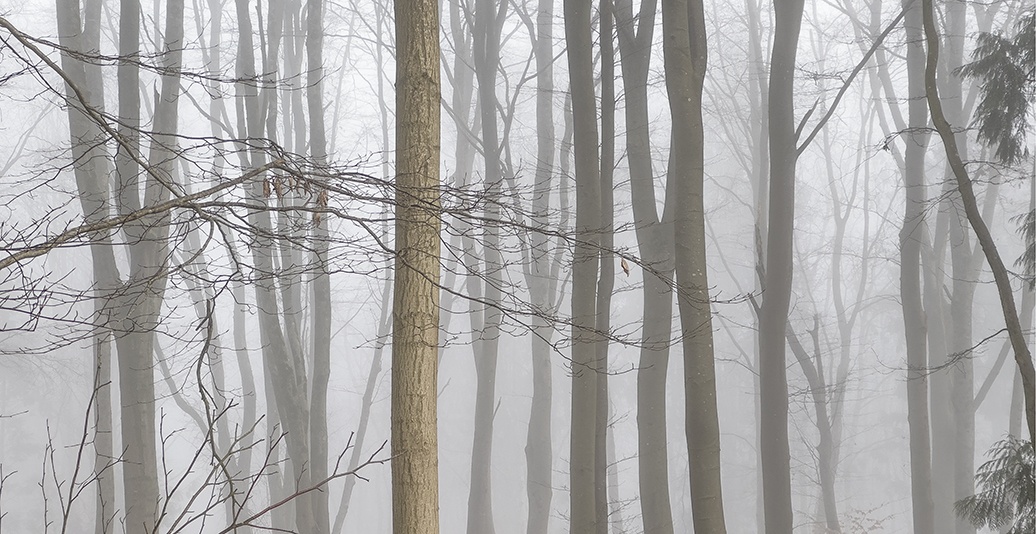
Landscape picture taken with iPhone 14 Pro
It is possible to produce photographs without the need for a camera. The workshop explores the purest form of photography, recording the unrepeatable shadows and reflections of light rays captured in a darkroom and resulting unique and ‘one-off’ images. This workshop explores photograms, luminograms, water-grams, cyanotypes, paper negatives and other experimental analogue photographic techniques. The results are unique, original and impossible to repeat.
The workshop welcomes anyone who wants to explore analogue photography in its purest form or learn the basic principles of photography and its continued relevance in a world dominated by digital imaging.
You can combine this workshop with a pinhole photography workshop. To deliver the session effectively I normally need an existing darkroom or a room which can be adapted reasonably easily (no windows etc). Alternatively, I can bring my own portable darkroom and equipment which is fine for smaller groups.
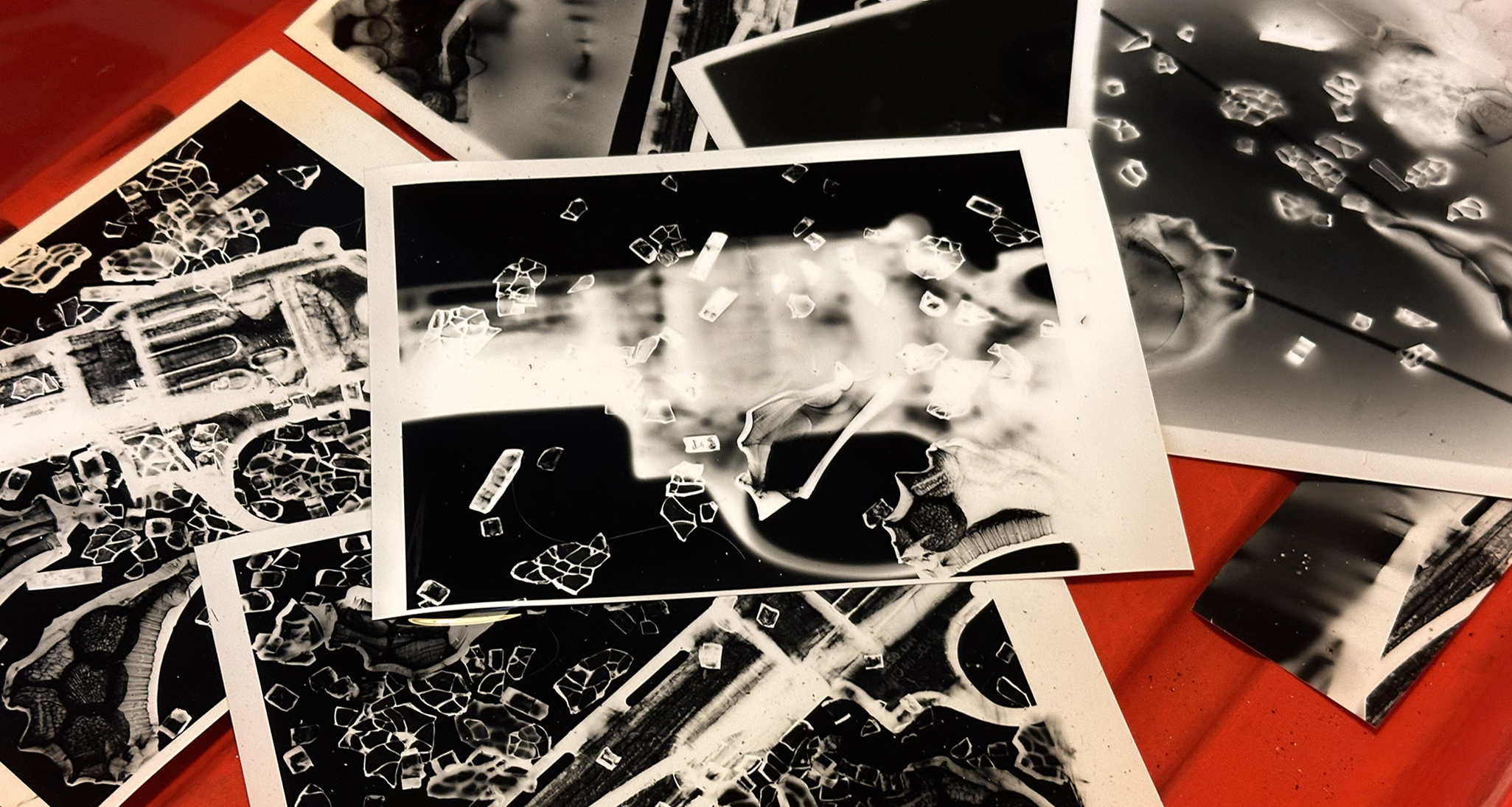
Photograms and luminograms washing
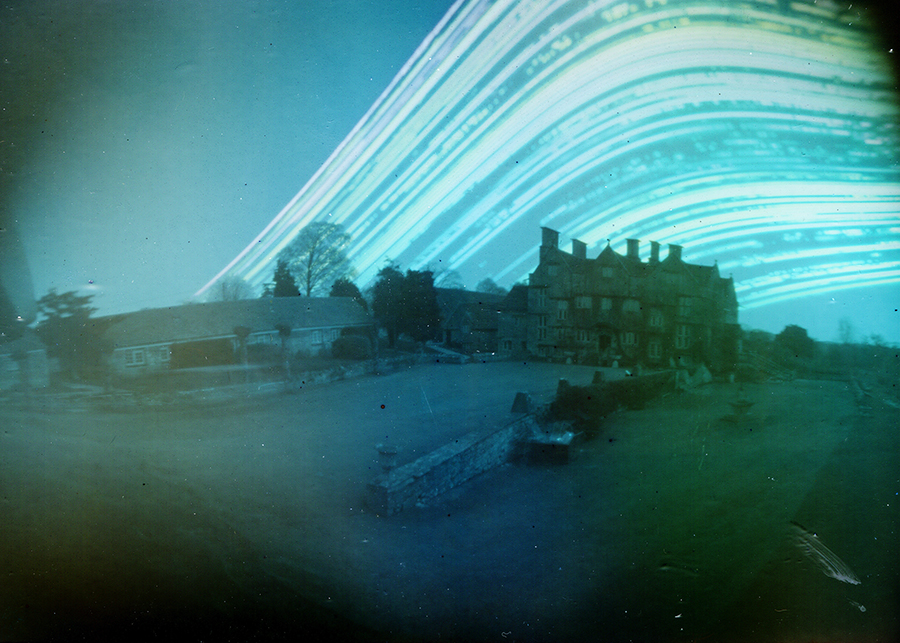
6 month pinhole photograph Cheney Court near Bath
This workshop can be delivered to small groups on site using an existing darkroom or, I can bring a compact and temporary portable darkroom. The workshop can be delivered on-site anywhere in the UK or in my small darkroom near Bath in the UK. All I require to run this workshop on-site is a 240V mains socket and a nearby sink.
Prices for the camera-less photography workshop start at £425 per day for up to 4 attendees.
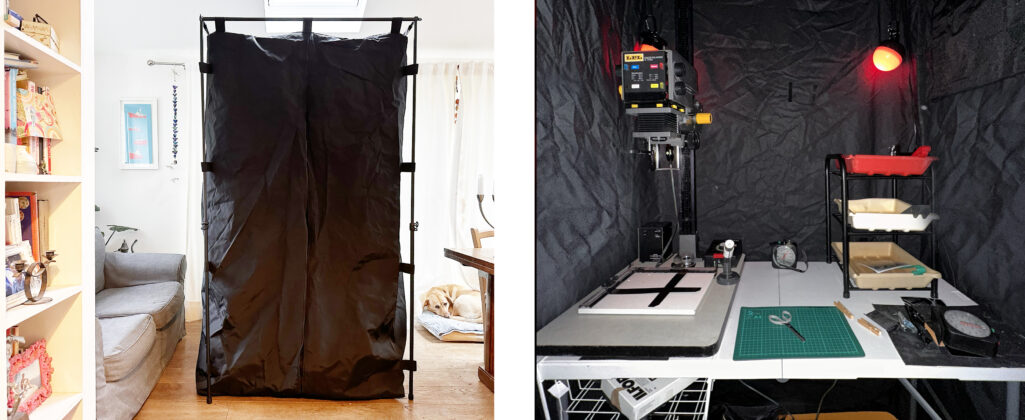
Nova darkroom tent. Left showing the outside of the tent, right inside tent
For information about my other analogue photography and darkroom workshops, click here
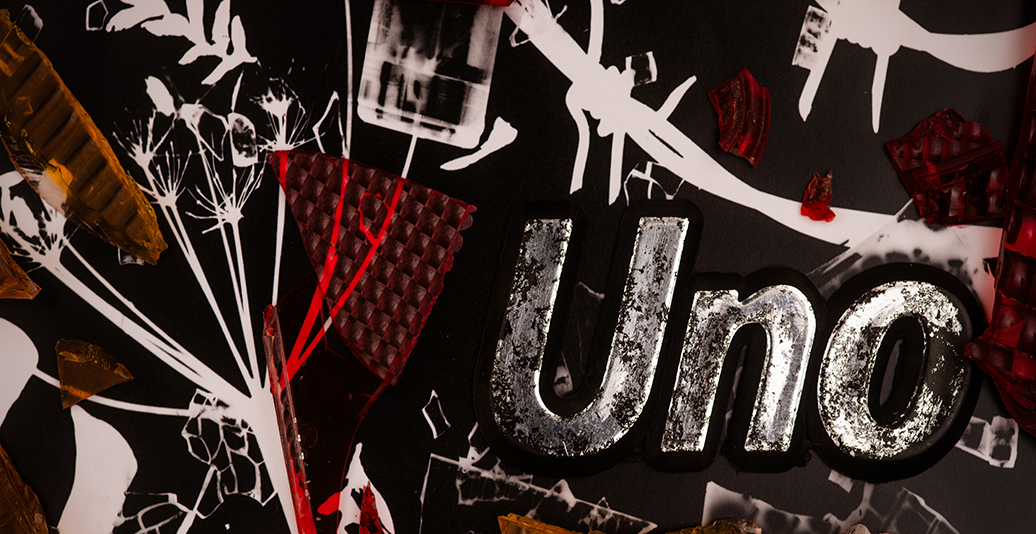
‘Broken bones and brake lights’ photogram with road debris
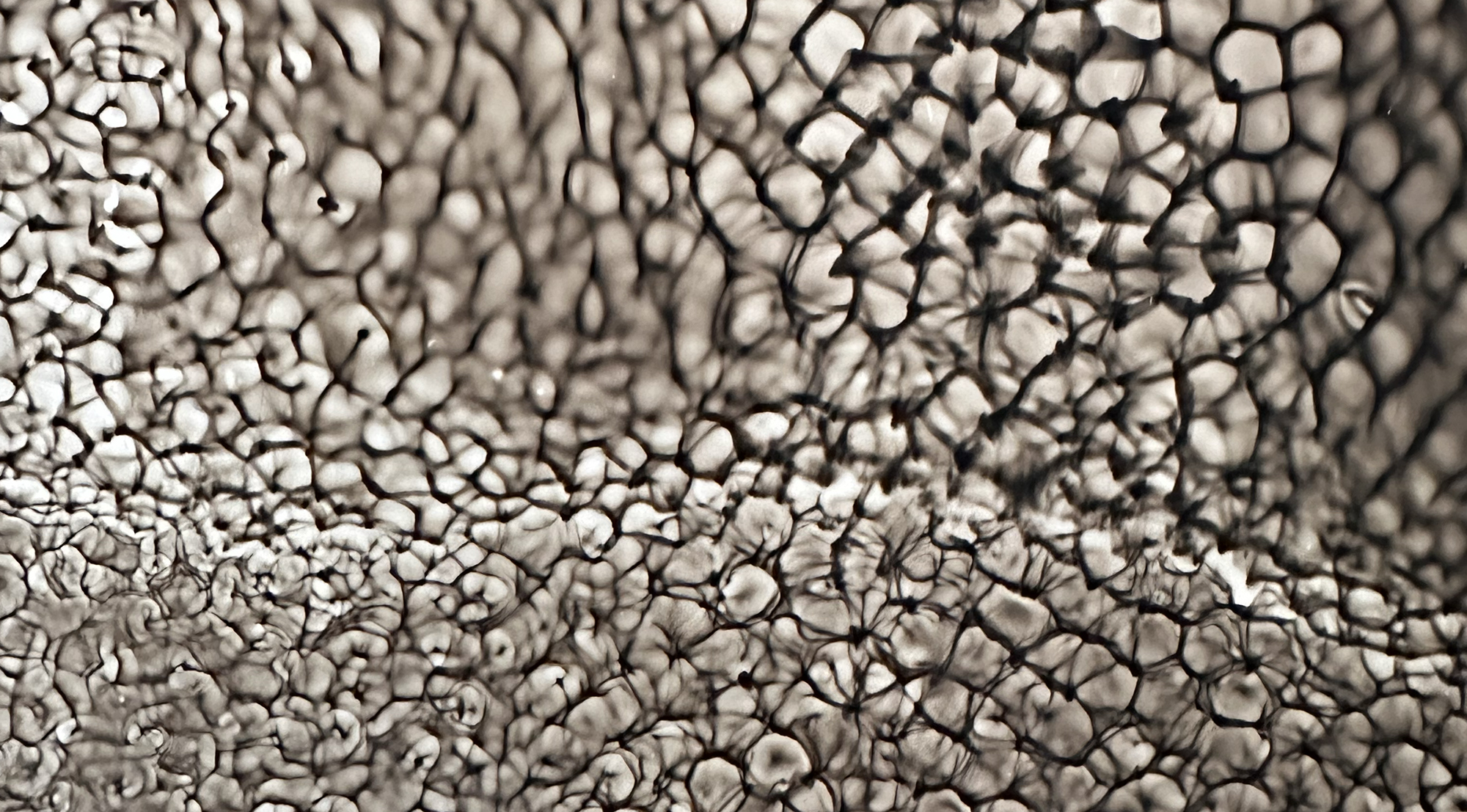
A photogram ‘ or watergram’ of ripples in water.
I am now offering onsite analogue and darkroom photography workshops and consultancy services to individuals, schools, colleges and organisations. If you want to create a darkroom from scratch or revive and old one, I can help you to get it up and running.
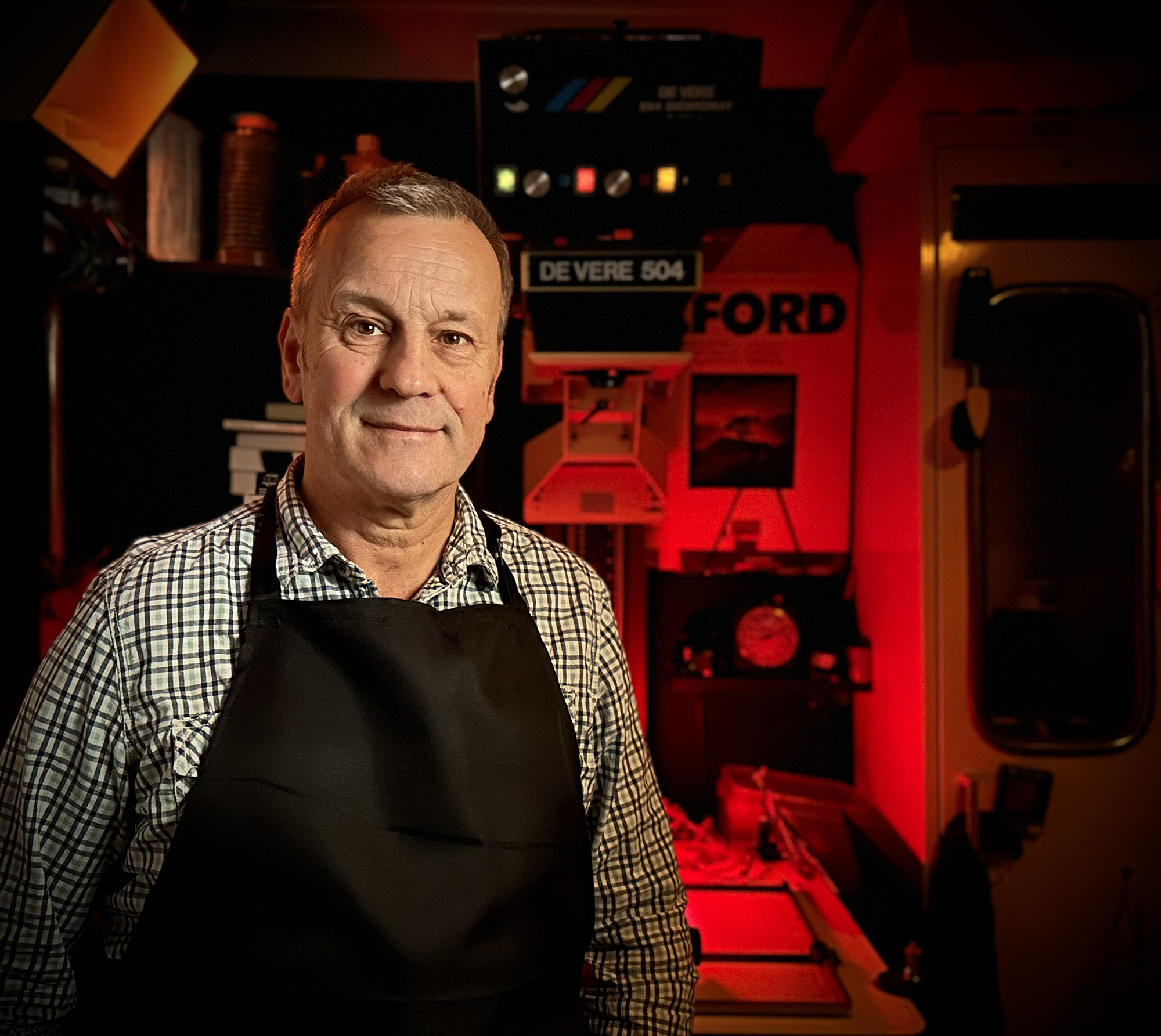
If you do not have a darkroom but would like to learn the basics or introduce your students to analogue photography I can set up a small temporary darkroom in your home, classroom or office.
‘We had Nigel come into school for a day to train myself and another colleague in darkroom photography, to enable us to be confident enough in teaching both GCSE and A-level students the same skills after our photography specialist is no longer able to teach. The day was jam packed and we both learnt a lot about various parts of traditional darkroom photography, the developing process, pin hole cameras, photograms and luminograms. Emma Hart, Sandy Secondary School, Bedfordshire
I can help you with;
Prices start at £435 for a day of onsite training. Follow this link for more information about film (analogue) and darkroom workshops and consultancy services.
Getting black and white film processed by an external company can be time consuming and very expensive considering the cost of the chemistry. Processing your own black and white film is quite easy, and can save a lot of money. I normally explain all of the stages from loading a film processing tank, testing chemicals, processing film, and highlight common pitfalls and explain how these can be avoided.
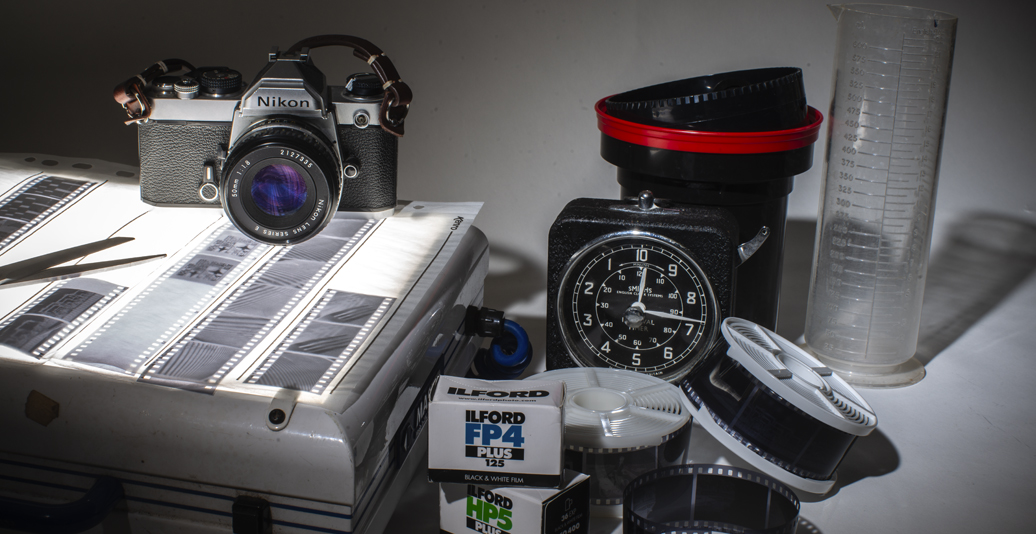
Learn how to develop your own black and white film negatives
I cover a wide range of traditional darkroom techniques including; contact printing your negatives, test prints, making your first print, adjusting contrast, dodging and burning. During a darkroom training workshop, I can also introduce a variety of camera less photographic techniques such as’ photograms and cyanotypes.
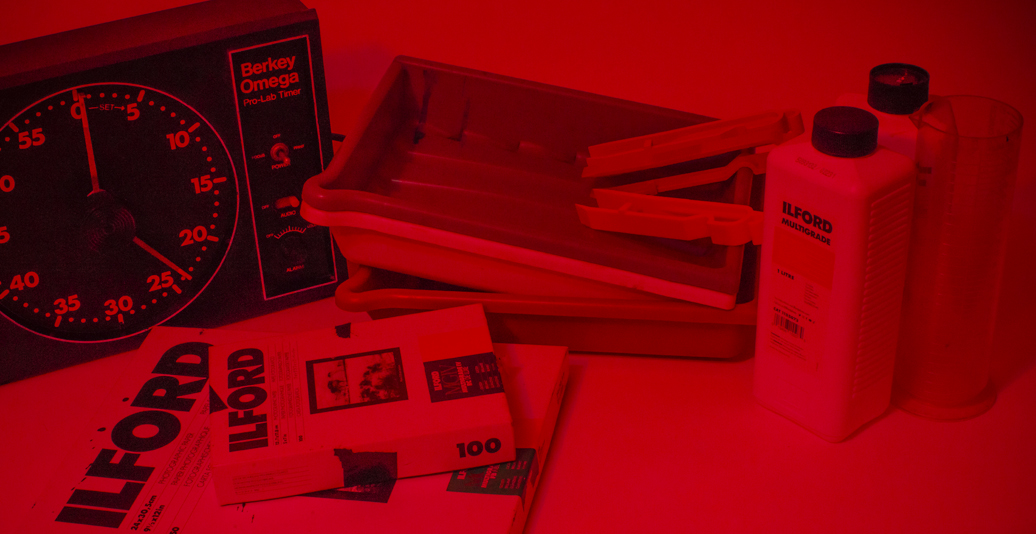
Preparing to make a black and white print in the darkroom

Photograms and luminograms in wash
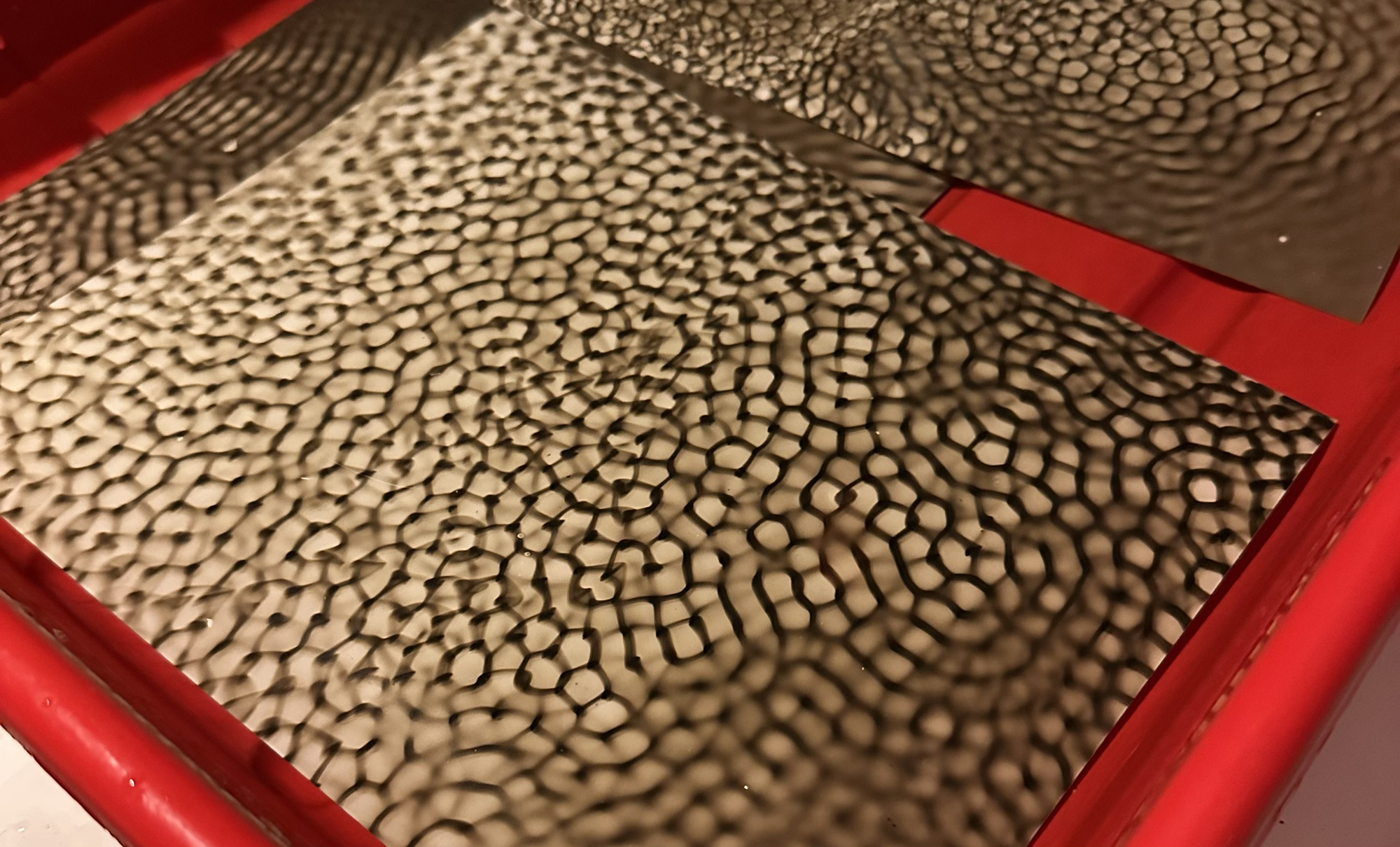
Photograms of ripples in water or ‘watergrams’
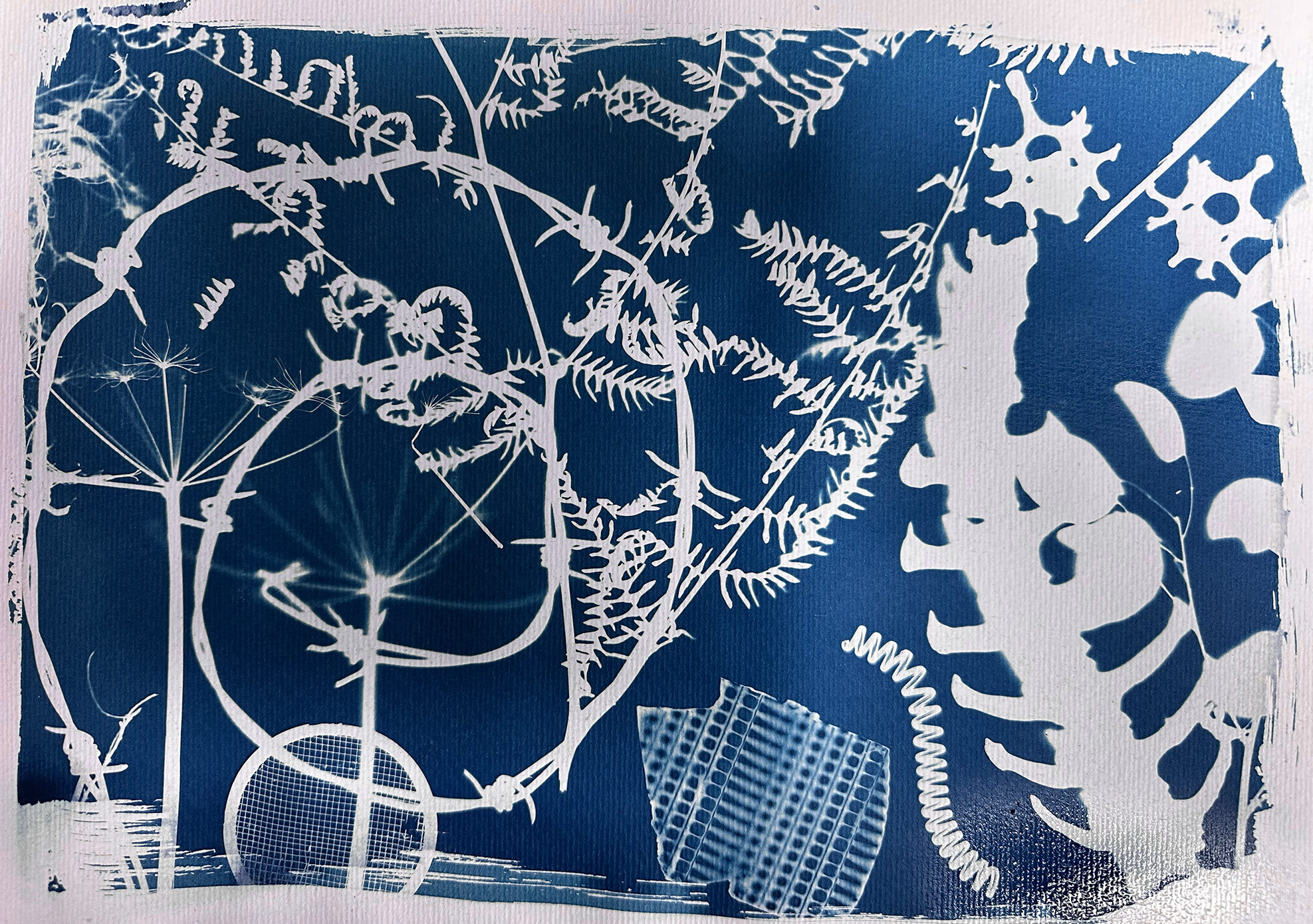
Broken bones and brake lights – cyanotype
If you have any questions or would like to learn more, do let me know.
I am super excited to be one of the 14 artists to have been awarded a West of England Visual Arts Alliance (WEVAA) bursary to develop new work.
The bursary will allow me to research and develop up to 3 new art films exploring consumerism and linear economics. Some of the results of this support will be posted on this website and on Instagram www.instagram.com/nigelgoldsmith
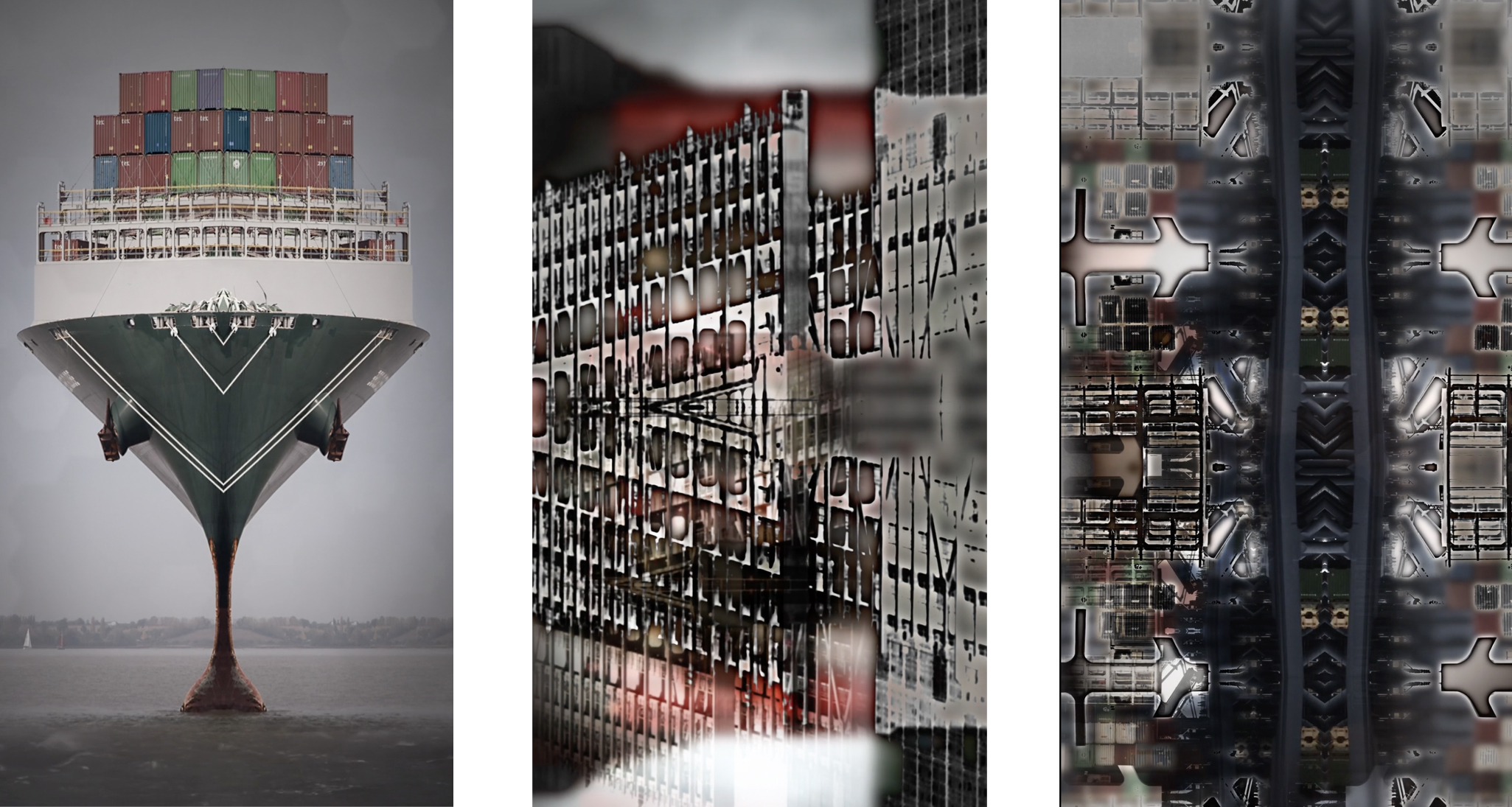
Film stills from vertical art video partially funded by WEVAA bursary
